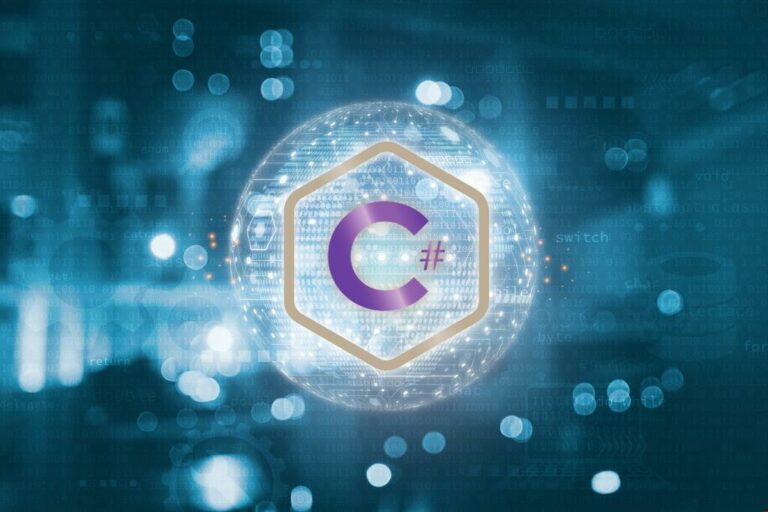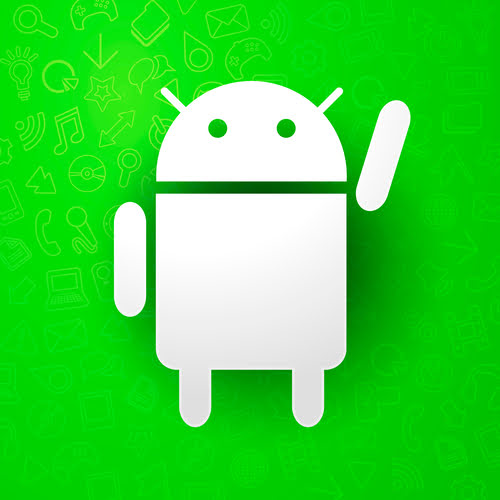Cloud Computing Vs Fog Computing: Key Variations
Edge computing is largely a subtype of fog computing that means that information is generated, processed, and saved shut collectively. Fog computing contains edge processing as nicely as the required infrastructure and network connections for transporting the data. The cloud allows customers to entry solutions for computing, connectivity, and storage cost-effectively and easily, however it is a centralized useful resource.

Decentralization and adaptability are the principle difference between fog computing and cloud computing. Fog computing, additionally known as fog networking or fogging, describes a decentralized computing structure situated between the cloud and gadgets that produce information. This flexible construction allows customers to position resources, together with functions and the info they produce, in logical places to boost performance.
Who Makes Use Of Fog Computing?
Data is distributed from endpoints to a fog gateway in a purely foggy environment, where it is despatched to sources for processing earlier than being despatched back to the fog gateway and intelligence is at the native area network (LAN). It is greatest to research the data in the distant place the place it was created, subsequently fog computing is perfect for this. In different instances, the data is not from a single sensor but somewhat from a group of sensors, such as the electricity meters in a neighborhood. In these circumstances, it’s preferable to course of and mixture the data locally rather than to transmit the uncooked information in its entirety to keep away from overburdening the data transmission. So-called good manufacturing, more than the interconnectedness of daily objects, presents new difficulties for established cloud architectures.
This limits their usefulness in diverse networks the place fog nodes are mobile and alter place incessantly. The main distinction between fog and edge computing is that fog computing extends cloud services and connectivity to units on the fringe of the network. In distinction, edge computing brings computation and information fog computing definition storage closer to units on the fringe of the network. Fog computing is a form of distributed computing that brings computation and knowledge storage nearer to the network edge, the place many IoT units are located.
Pros Of Fog Computing
The time period fog computing, originated by Cisco, refers to a substitute for cloud computing. Administrators must observe all deployed fog nodes throughout the system and decommission them when required. A central view of this decentralized infrastructure can maintain things so as and get rid of vulnerabilities that come up out of zombie fog gadgets. Besides a management console, a strong reporting and logging engine makes compliance audits simpler to handle since fog elements are sure by the identical mandates as cloud-based companies. This small storage and computation of information earlier than sending it over to the cloud is fog computing. Fog computing includes the usage of devices with lower processing capabilities to share a number of the cloud’s load.
Monitoring techniques make sure that all finish units and fog nodes are up and communication isn’t stalled. Sometimes, ready for a node to free up could additionally be more expensive than hitting the cloud server. Monitors can be used to audit the present system and predict future resource necessities primarily based on utilization. The phrases “fog computing” and “edge computing” are often used interchangeably, but there are slight variations between them. While fog computing serves as a computing layer between the cloud and the edge, edge computing refers back to the movement of computing tasks to the network’s edge. Data streams generated on the edge nodes are first processed by fog nodes, which then decide whether to forward the info to cloud nodes or perform further processing on the fog nodes.
Fog computing implementation entails either writing or porting IoT functions on the network edge for fog nodes using fog computing software program, a package fog computing program, or other instruments. Those nodes closest to the edge, or edge nodes, take in the data from other edge gadgets similar to routers or modems, after which direct no matter data they absorb to the optimum location for analysis. Because cloud computing is not viable for many internet of things (IoT) applications, fog computing is commonly used.

Many information analytics duties, even critical analyses, do not demand the scale that cloud-based storage and processing presents. Fog computing eliminates the need to transport most of this voluminous data, saving bandwidth for other mission important tasks. This is as a end result of both fog and mobile edge computing aim to reduce latency and enhance efficiencies, however they course of knowledge in slightly different places. Edge computing usually happens immediately where sensors are connected on units, gathering data—there is a physical connection between knowledge source and processing location. Another way to suppose about the distinction between edge computing and fog computing is that fog is the usual that enables repeatable, structured, scalable efficiency within the edge computing framework.
Whereas cloud computing relies heavily on centralized servers and communication channels, Fog computing spreads sources extra evenly throughout the community. Fog computing, generally referred to as fog networking, is a system for integrating and processing knowledge that operates on the network stage quite than on the centralized cloud degree. This differentiates it from conventional cloud computing, which is mostly centralized in a single location. Fog computing is a decentralized computing infrastructure by which data, compute, storage and functions are positioned someplace between the info supply and the cloud.
Location
This sector is at all times trying to innovate and handle emergencies in real-time, similar to a drop in vitals. One method of doing it’s using knowledge from wearables, blood glucose monitors, and different well being apps to search for signs of bodily distress. This information should not face any latency issues as even a number of seconds of delay can make a huge difference in a crucial state of affairs, such as a stroke. In 2015, Cisco partnered with Microsoft, Dell, Intel, Arm and Princeton University to form the OpenFog Consortium. Other organizations, together with General Electric (GE), Foxconn and Hitachi, also contributed to this consortium. The consortium’s main targets have been to both promote and standardize fog computing.
In this temporary article, we coated the definition of fog computing, launched consultant utility scenarios, and identified numerous issues we could encounter when designing and implementing fog computing systems. Fog computing is a decentralized computing system that extends cloud computing capabilities to better accommodate the Internet of Things (IoT) ecosystem. It aims to bring intelligence, processing, and storage nearer to the network’s edge to supply faster and extra localized computing companies for the connected smart gadgets that make up the IoT. Such nodes are bodily much nearer to devices if in comparability with centralized knowledge facilities, which is why they can provide immediate connections. The appreciable processing power of edge nodes permits them to carry out the computation of a large amount of information on their own, with out sending it to distant servers. Fog computing is used in Internet of Things (IoT) applications to course of data the place it’s generated rather than in a centralized information center or cloud.
- Among the main variations between these two forms of computing is their working environments.
- Fog computing is a vital development to grasp for anyone working in or planning to work in know-how.
- For this purpose, in terms of safety considerations, the comparability between fog computing and cloud computing in the end depends on your specific wants and context.
- Cellular networks have turn into extra reliable and stronger, whilst expertise grows in leaps and bounds.
While fog computing has some advantages over cloud computing, it’s not more likely to replace it entirely. Fog computing is extra efficient because information is processed closer to the source, which reduces latency. It can be more secure as a end result of data doesn’t have to journey as far and is, therefore, less prone to be intercepted. As a result, whereas we take a comparison of fog computing and cloud computing, we can witness many benefits. But in terms of data integration, fog computing provides a transparent advantage as a end result of its improved processing pace and flexibility. Fog computing can be susceptible to cyberattacks since many of the gadgets connecting to the fog node are not authenticated.
Under the context of Industry four.zero, IoT develops into a vital technology for industrial facilities. The group Smart Manufacturing Leadership Coalition (SMLC) is in charge of the public-private effort “smart manufacturing”. The goal is for industrial plants and logistics networks to autonomously arrange work operations while growing energy and production efficiency. The system will then pass information that can wait longer to be analyzed to an aggregation node. In connecting fog and cloud computing networks, directors will assess which information is most time-sensitive.
We’ve already highlighted the latency points that plague community connections in giant cloud computing networks. Removing the problems of cloud latency from your data processes makes them extra efficient. The cloud can still be utilized for information storage, but you don’t have to depend on the cloud for processing too. Latency issues may not be a significant component in your group, however for others, they could trigger severe points and damages. Yet any gadget with storage, processing power, and community access may likewise function as a fog node.
Thanks to advances in cloud technology, customers have the power to send and receive information from wherever on the planet, making cloud computing a vital a half of fashionable life. But when you really feel that these advances have left you behind together with your basic knowledge, then you should Learn Cloud Computing from Scratch and get your experience in line with the altering landscape of computing. Fog computing is a robust know-how used to course of information, especially when utilized in tandem with the cloud. With the sheer quantity of knowledge being collected by IoT gadgets, many organizations can no longer afford to disregard the capabilities of fog computing, however it is also not wise to turn your again on the cloud both. Edge and fog computing doesn’t have the potential to broaden connectivity on a world scale like the cloud. To actually get essentially the most out of your computing assets, combining cloud and fog computing applications is a superb possibility in your IoT architecture.
With the recognition of fog computing, IBM created the term edge computing to explain a associated computing technique. When administration will get easier, businesses frequently select a centralized strategy for their technological infrastructure. The set up of a dispersed collection of heterogeneous fog devices introduces extra compatibility and upkeep issues. The location of the intelligence and computing capacity is the primary distinction between fog and edge computing, based on the OpenFog Collaboration, which Cisco founded.
However, it additionally refers to the usual for the way this process ought to, ideally, work. This is completed by exposing a uniform and programmable interface to the opposite elements in the system. Some processors are clever sufficient https://www.globalcloudteam.com/ to fill the data primarily based on historical data if one or more sensors fail. The temperature recording may be pushed to the cloud every second with a service checking for fluctuations.
The internet of things (IoT) is a system of interconnected devices, sensors, and software program elements that share knowledge and knowledge. The power of the IoT comes from its ability to collect and analyze huge volumes of data from various sources. This information can be utilized to enhance effectivity, optimize operations and make higher choices. One should observe that fog networking is not a separate architecture and it doesn’t exchange cloud computing but quite enhances it, getting as near the supply of information as potential. Connecting your organization to the cloud, you get access to the above-mentioned providers from any location and through different devices.





